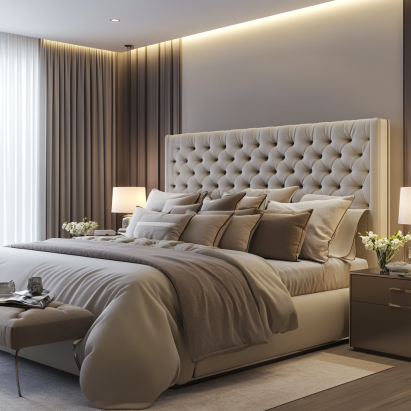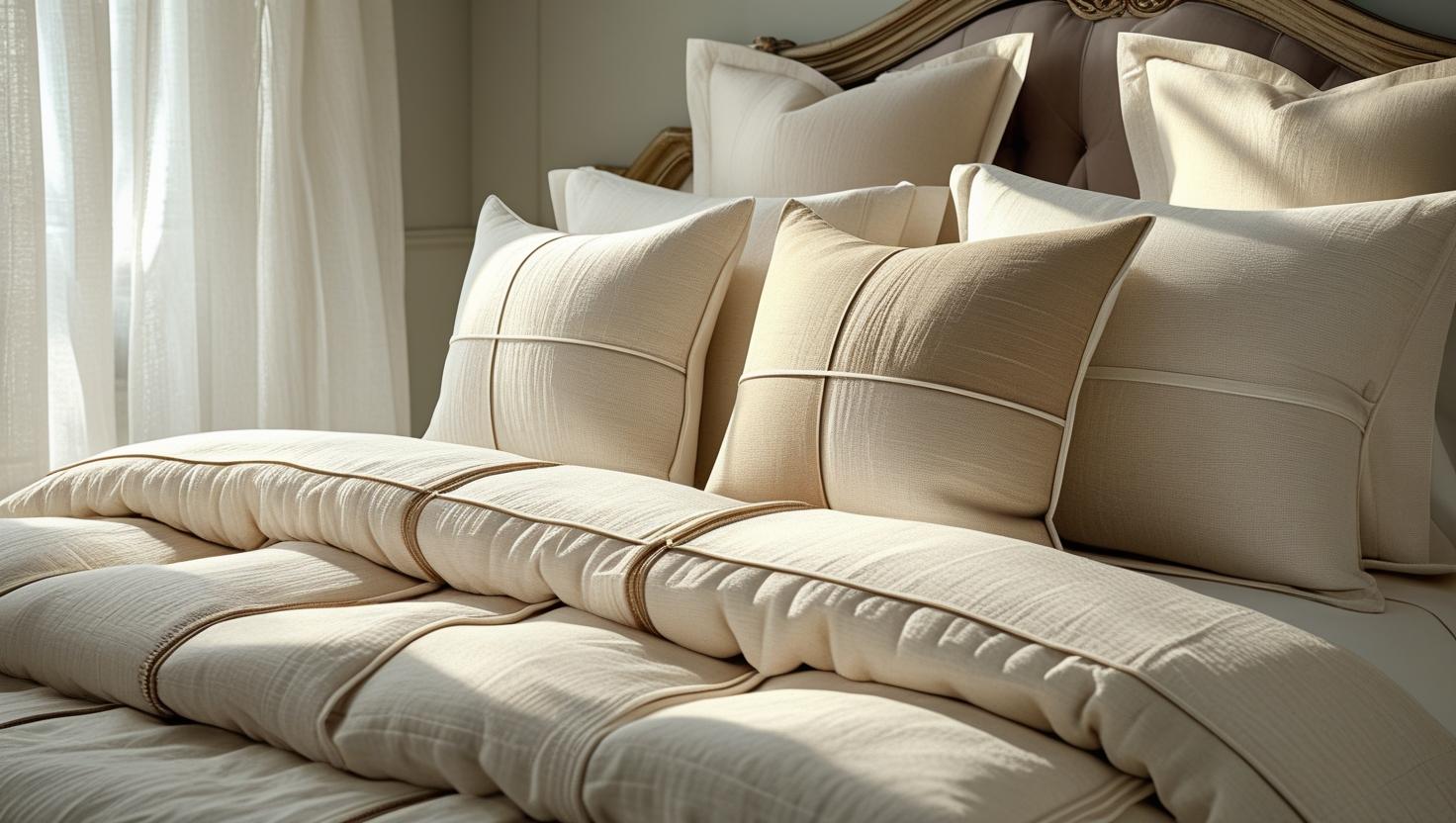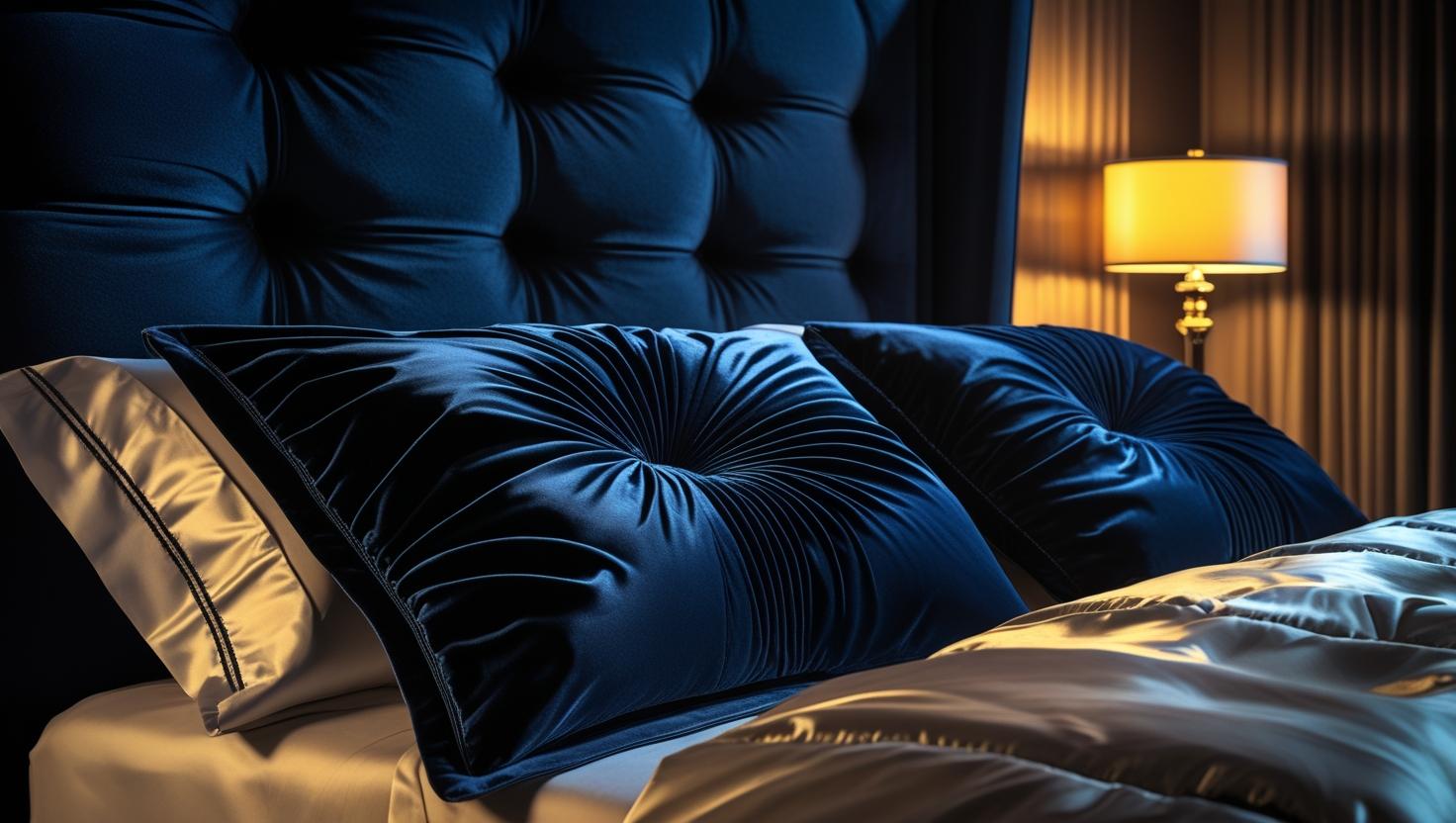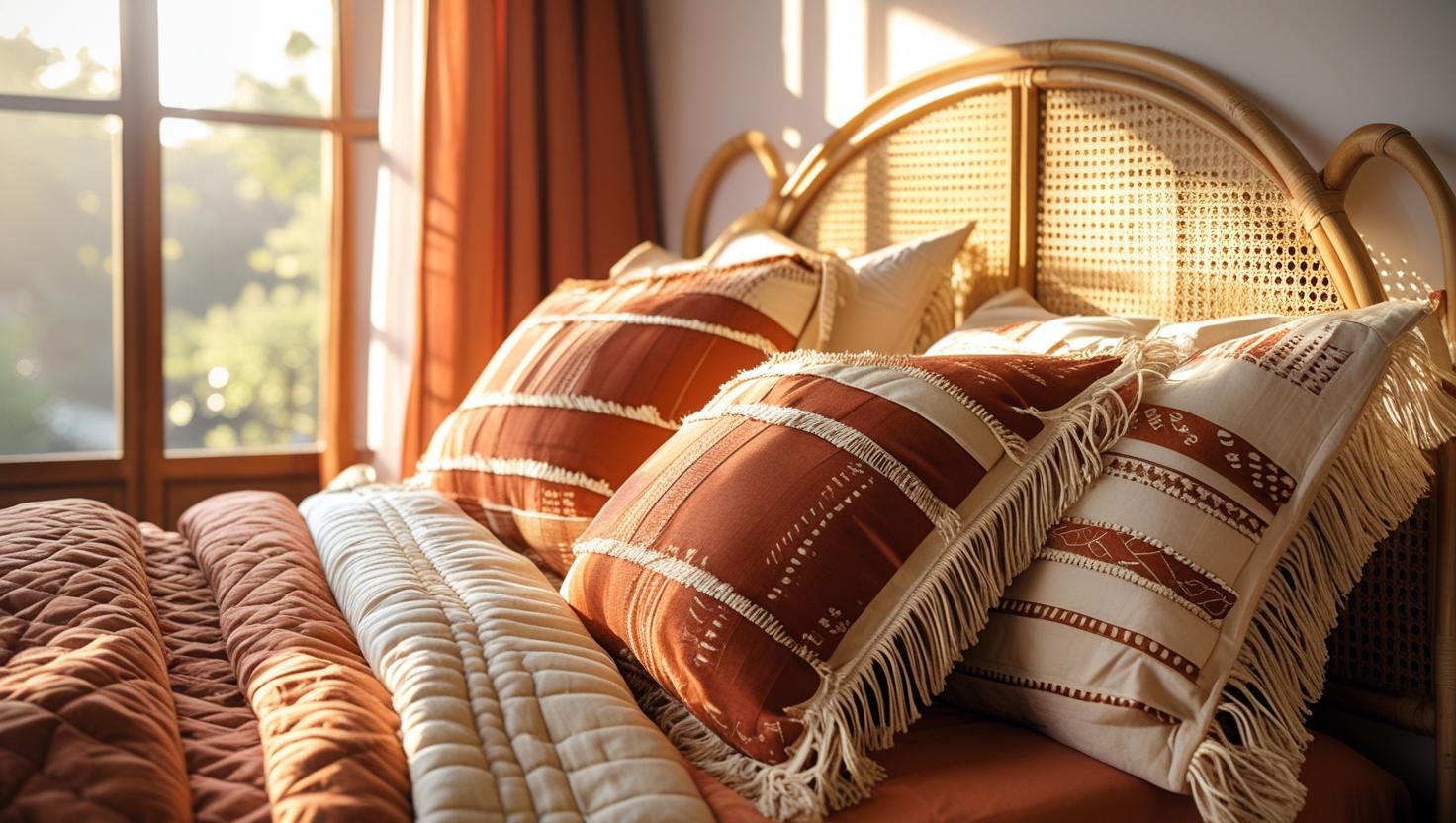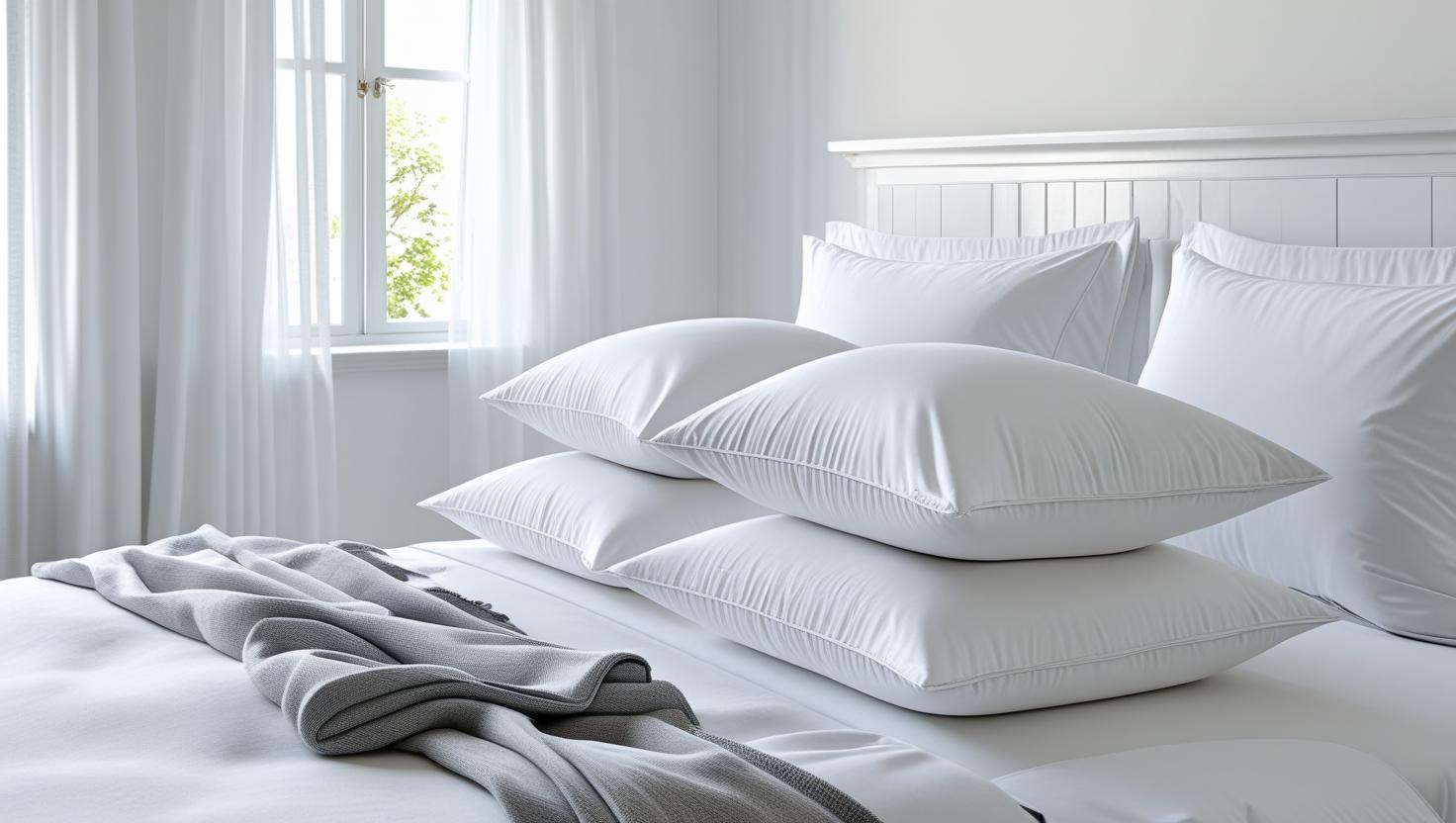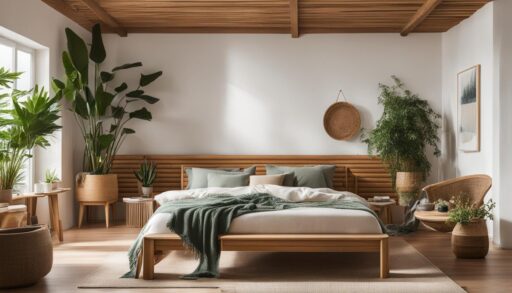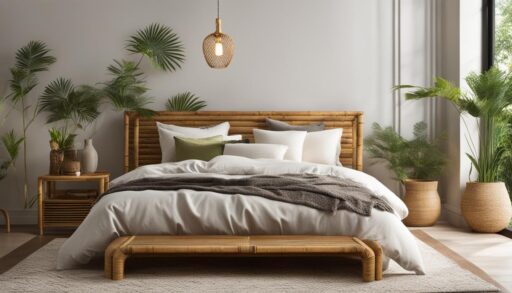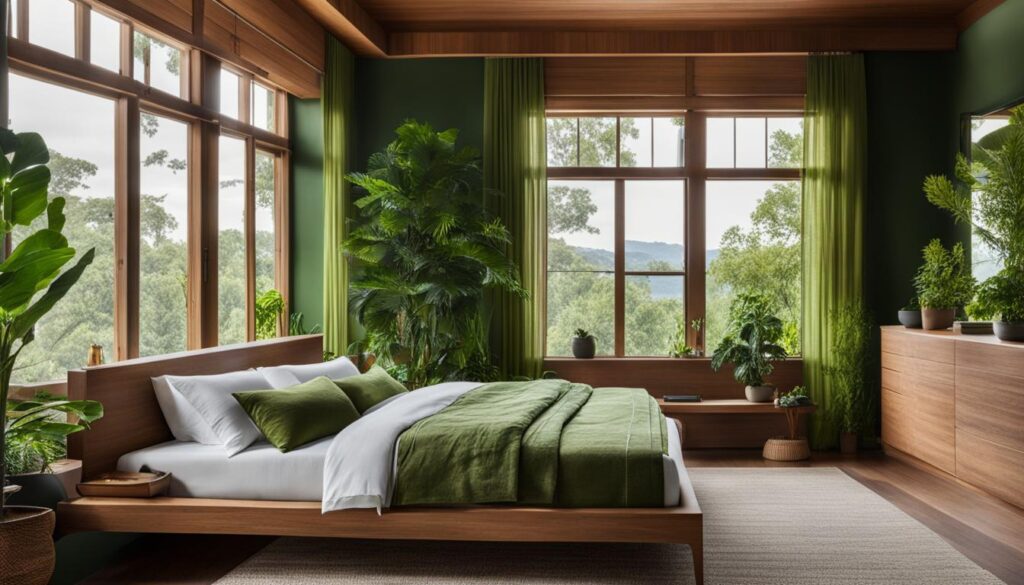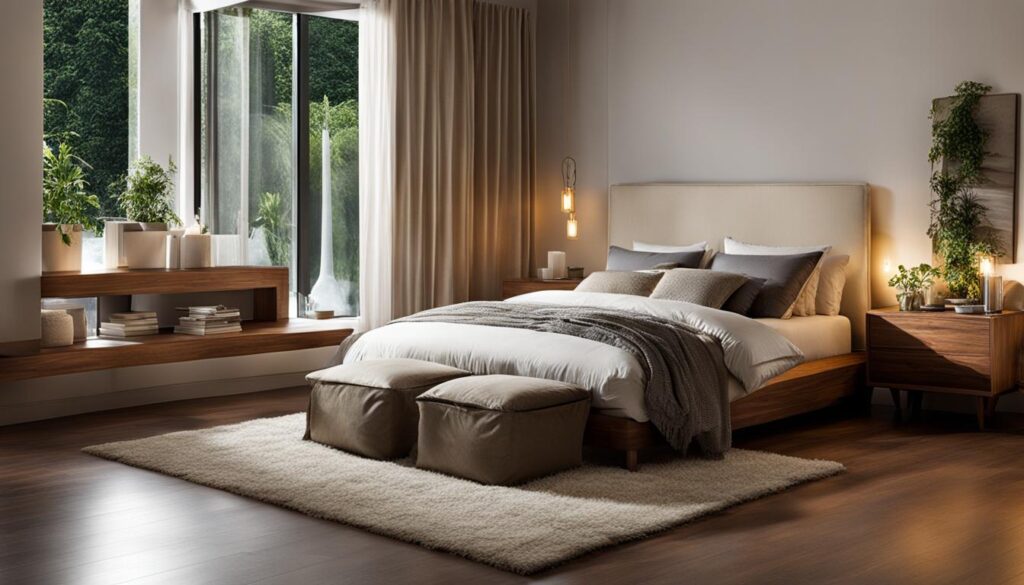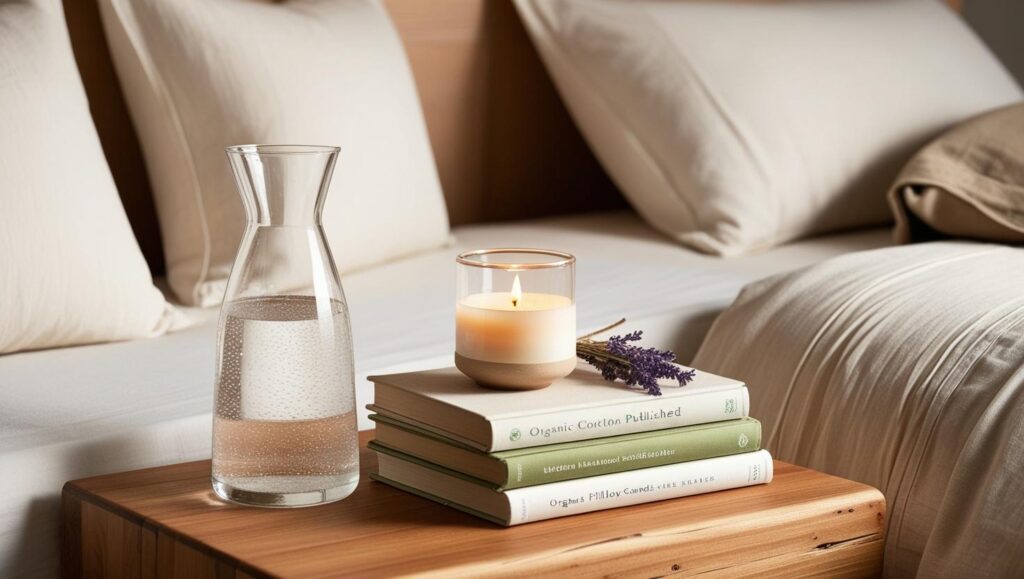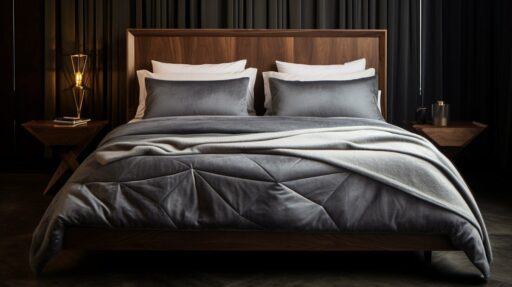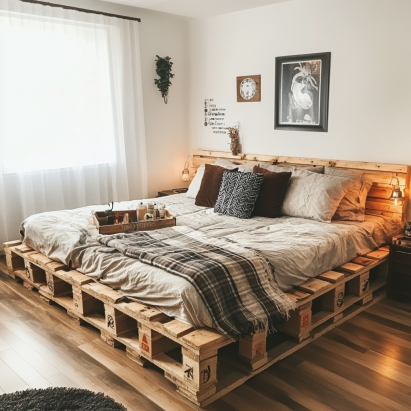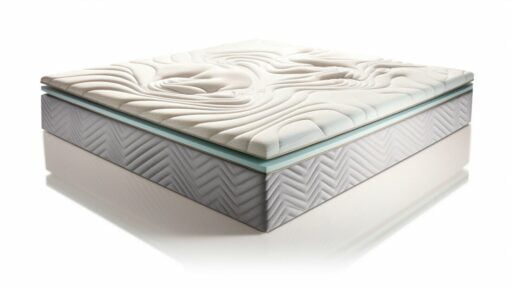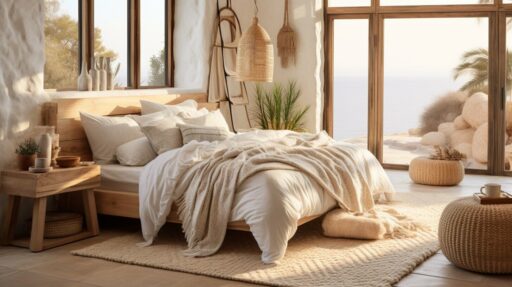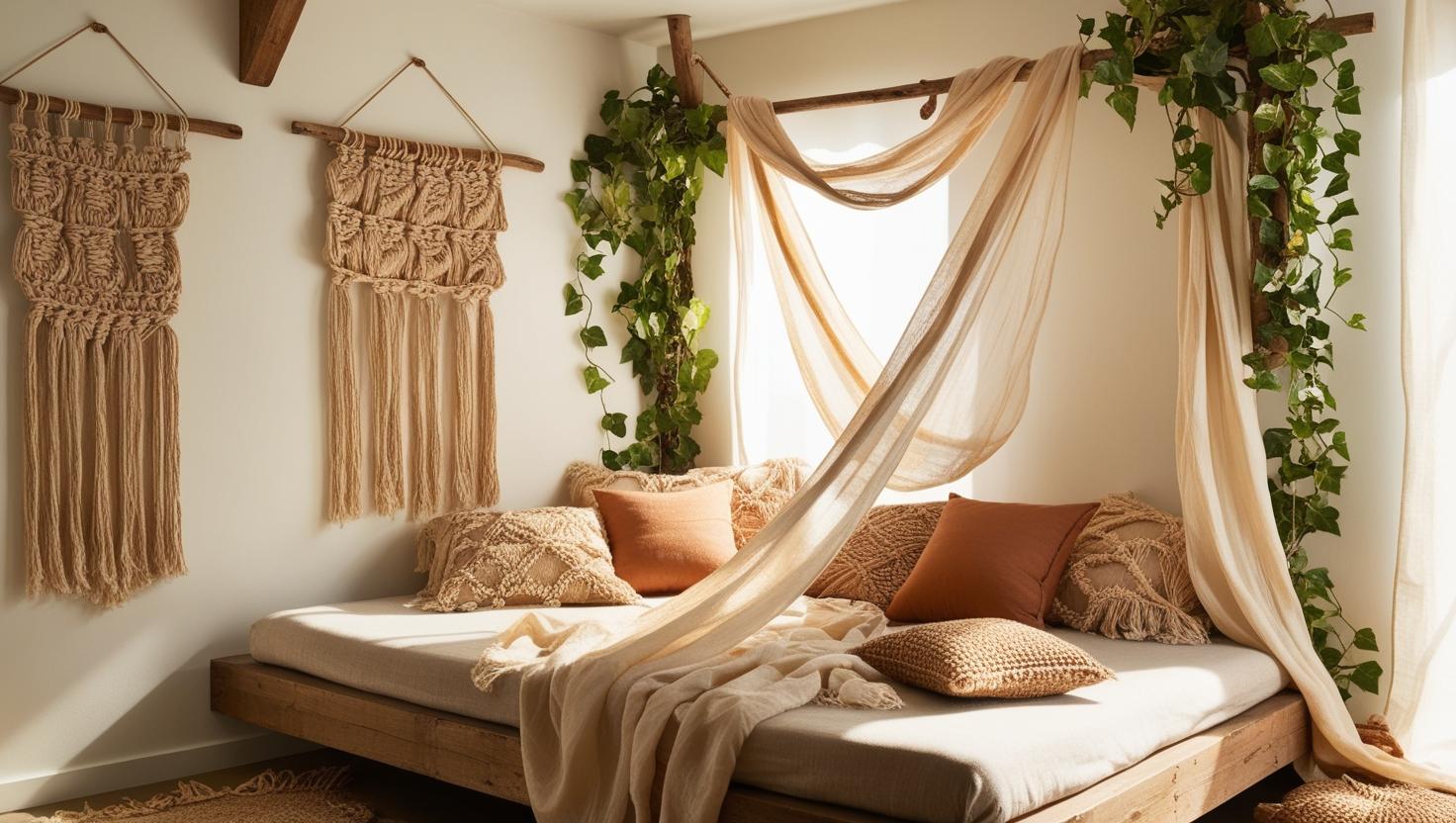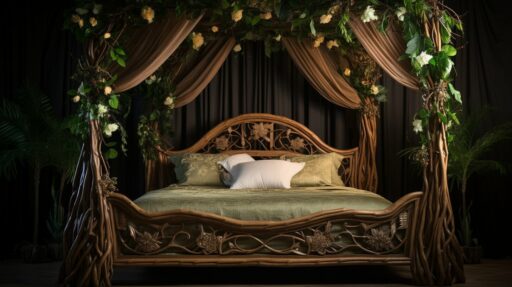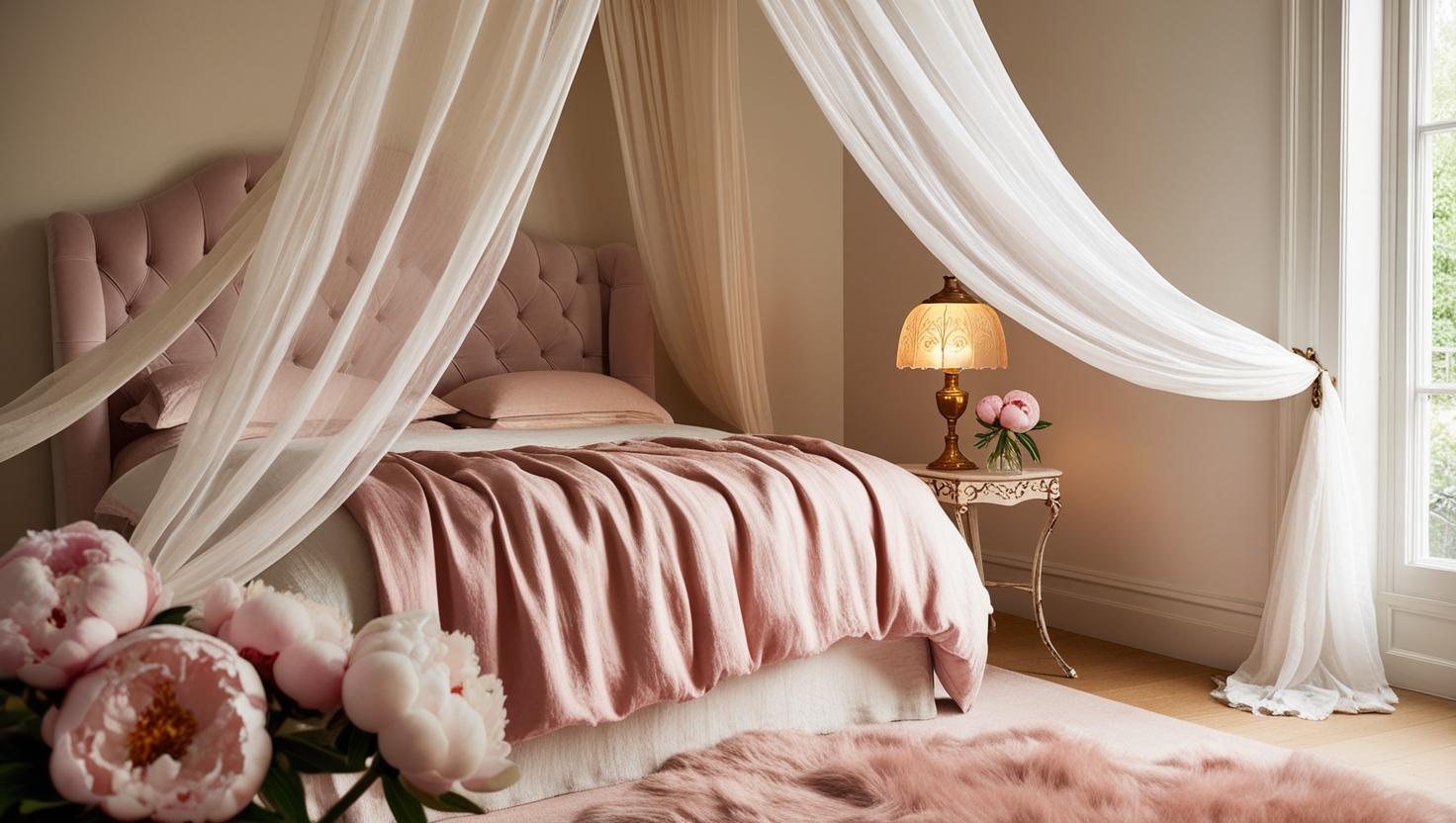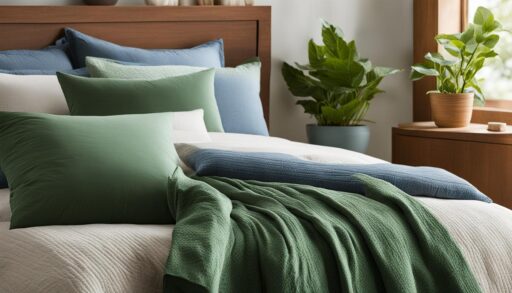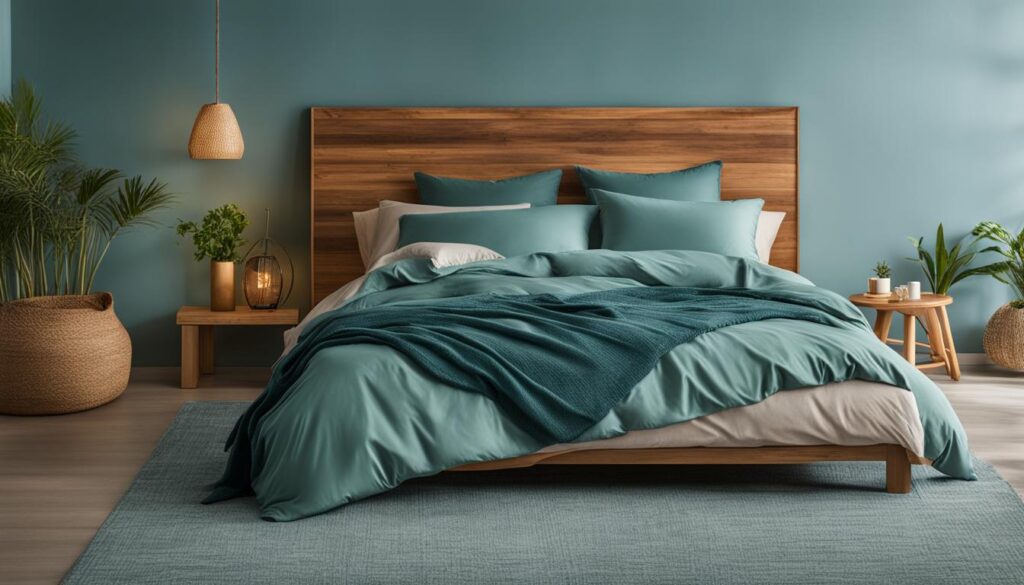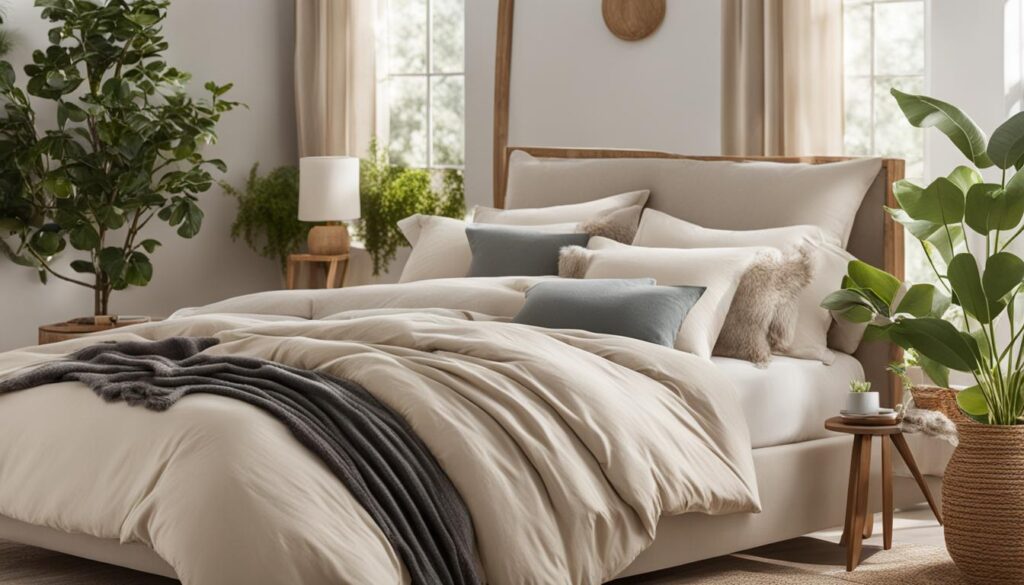Exploring Modern Bed Types: 7 Stylish Options for Every Bedroom
Ever feel overwhelmed by the sheer number of bed options out there? You’re not alone. Whether you’re furnishing a new space or refreshing your current bedroom, exploring modern bed types is the key to finding that blend of comfort, style, and practicality. Your bed isn’t just furniture—it’s your nightly retreat.
Designing your sleep sanctuary from the ground up? Try these Cozy picks:
DIY bed frame projects •
Platform & storage bed ideas •
Types of mattresses

Why Exploring Modern Bed Types Matters
Your bed anchors the room and your nightly routine. The right foundation supports better posture and sleep quality while setting the tone for your design. Guidance from the Sleep Foundation highlights how frame choice, support, and materials can reduce sagging and noise and improve sleep ergonomics
(Sleep Foundation: Best Bed Frames).
Key Takeaways: Exploring Modern Bed Types
- Platform, storage, and Murphy beds excel at saving space and keeping a clean aesthetic.
- Adjustable beds deliver customizable comfort and potential health benefits.
- Canopy, upholstered, and sleigh styles emphasize ambiance and statement design.
- Match your priorities—space, comfort, style, sustainability—to the bed type.
- Use quality bedding (think organic bedding and eco-conscious sheets) to unlock durability and comfort.
1. Platform Beds
Answer first: Platform beds offer sleek lines and built-in support—no box spring needed.
Low, modern, and versatile, platform frames create an open feel in small rooms and lofts. You’ll find slat or solid bases in wood, metal, or upholstered finishes for easy styling.
- Low profile: Airy look that visually expands compact rooms.
- Built-in support: Slats or a solid deck support the mattress directly.
- Style range: From warm woods to crisp metal to cozy textiles.
Feeling crafty? Build your own with
these DIY bed frame projects.
2. Storage Beds
Answer first: Storage beds hide clutter with drawers or lift-up platforms—perfect for small spaces.
Drawers or hydraulic lifts maximize every inch without adding furniture. Choose woodgrain or upholstered styles to match the room.
- Space gains: Great for studio apartments or guest rooms.
- Compartment options: Organize bedding, off-season clothes, or shoes.
- Design fit: Seamless in contemporary or transitional spaces.
Get inspired with Cozy’s
platform & storage bed ideas.

3. Adjustable Beds
Answer first: Adjustable bases raise the head and/or feet to support comfort, circulation, and alignment.
For snoring, pressure relief, or reflux, an adjustable base can help. Pair it with an adjustable-friendly mattress (many foam and hybrid models qualify).
- Custom comfort: Fine-tune your sleep position.
- Potential benefits: Pressure relief and improved spinal alignment.
- Simple controls: Remotes and app connectivity are common.
More on top-rated adjustable bases:
Sleep Foundation: Best Adjustable Beds.
For mattress compatibility, see Cozy’s
Types of Mattresses.
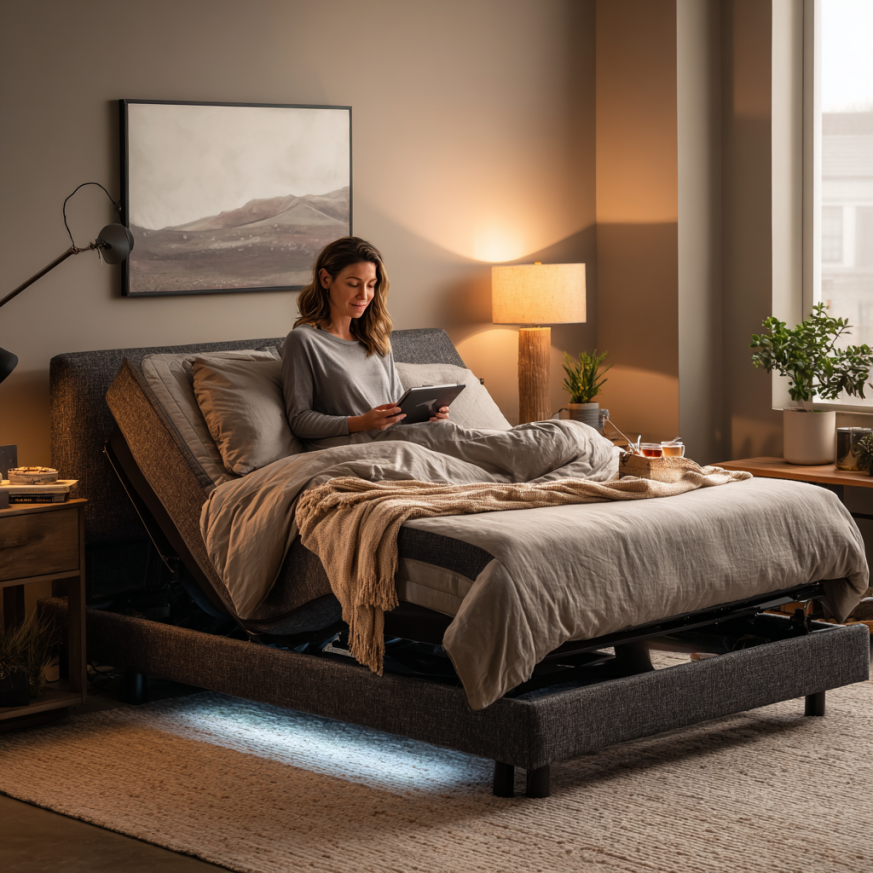
4. Murphy Beds
Answer first: Murphy (wall) beds fold into cabinetry to clear floor space for daytime activities.
Ideal for home offices or studios, modern gas or spring mechanisms make transitions smooth, and many designs include shelves or desks.
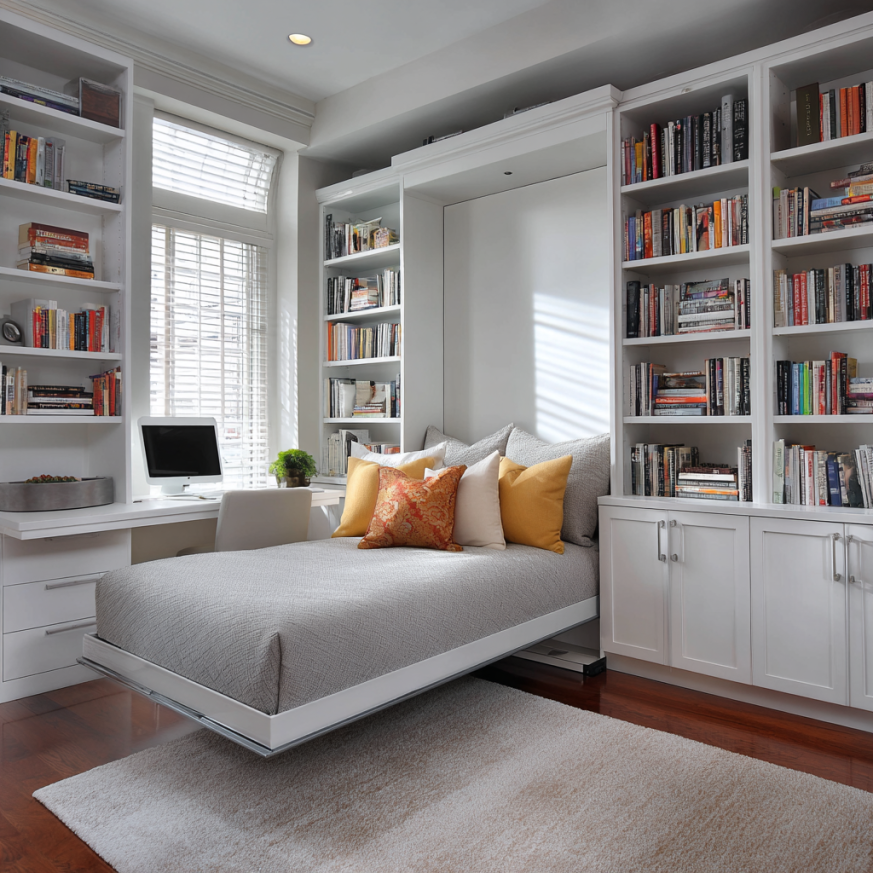
5. Canopy Beds
Answer first: Canopy frames create a dramatic focal point or a cozy, cocooned feel with sheer fabric.
Choose from sculptural or minimalist silhouettes to suit a modern room. For style ideas:
Parachute Home: Bed Frame Ideas
and Cozy’s
four-poster bed design inspiration.
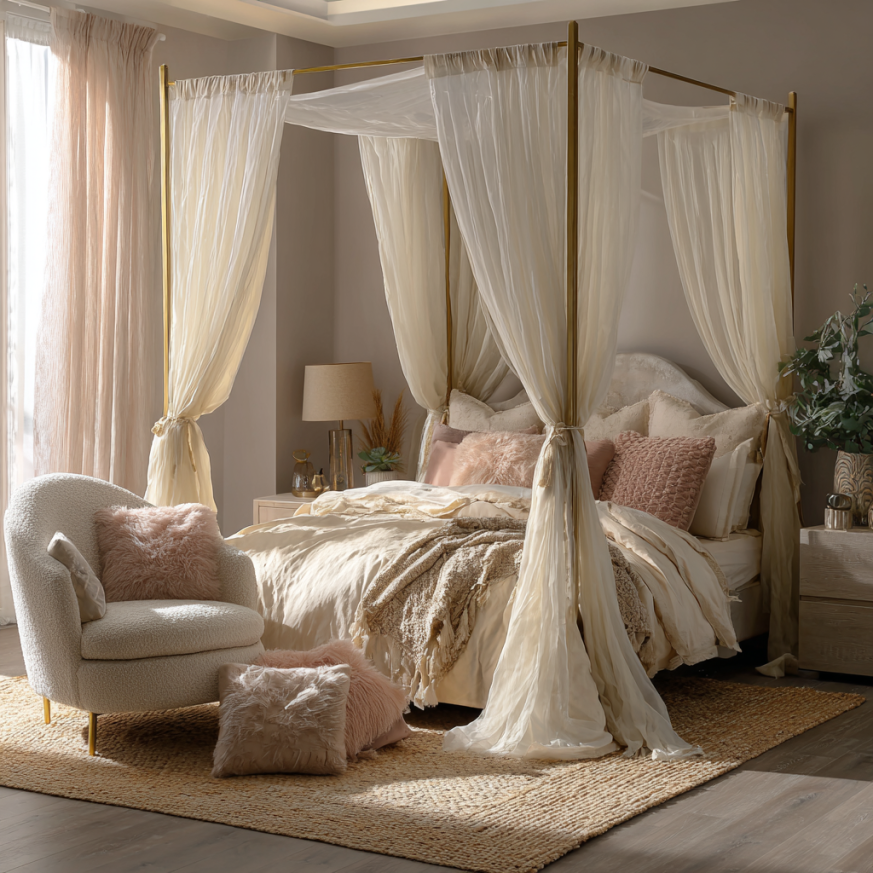
6. Upholstered Beds
Answer first: Upholstered frames add softness and support with padded headboards for lounging.
Velvet, linen, or faux leather provide texture and warmth. Look for tufting, channeling, or nailhead details if you want extra polish. Pair with breathable, sustainable bedding or organic bedding for a comfortable, eco-conscious setup.
Explore materials and comfort in Cozy’s
bed materials guide.
7. Sleigh Beds
Answer first: Sleigh beds bring curved, sculptural elegance—great for classic or transitional rooms.
Often made from sturdy hardwoods, sleigh frames add character and longevity while anchoring the space.
Browse a wide variety of bed types and visuals at
Better Homes & Gardens: Bed Types.
Eco-Friendly vs. Conventional Bed Materials
Answer first: Sustainable frames and finishes reduce VOCs and waste while offering equal or better durability.
| Feature | Eco-Friendly | Conventional |
|---|---|---|
| Materials | FSC-certified/reclaimed wood, bamboo | Non-certified MDF, mixed composites |
| Finishes | Low-VOC paints, natural oils/waxes | High-VOC lacquers, formaldehyde-based glues |
| Longevity | Repairable, refinishable components | Shorter replacement cycles |
| End-of-Life | Recyclable/biodegradable pathways | Often landfill-bound |
For a balanced setup, match a durable frame with breathable, eco-conscious sheets and sustainable bedding to support clean indoor air and long-term comfort.
Final Thoughts on Exploring Modern Bed Types
Whether you’re optimizing space, dialing in comfort, or making a design statement, exploring modern bed types helps you build a bedroom that supports deep rest and daily life. Keep materials, support, and layout in mind—and browse Cozy Bed Quarters for more inspo and how-to guides.
FAQs About Exploring Modern Bed Types
- What is the best bed type for small bedrooms?
- Storage beds and Murphy beds. They free up floor area without sacrificing style.
- Are platform beds comfortable without a box spring?
- Yes. Platforms use slats or a solid deck to support the mattress directly.
- Do adjustable beds work with all mattresses?
- No. Look for “adjustable-friendly” models—many memory foam and hybrid mattresses qualify.
- What materials are best for upholstered beds?
- Linen, velvet, or quality faux leather offer texture and easy care.
- Do canopy beds fit modern decor?
- Absolutely. Choose clean, linear frames and light draping for a contemporary look.

